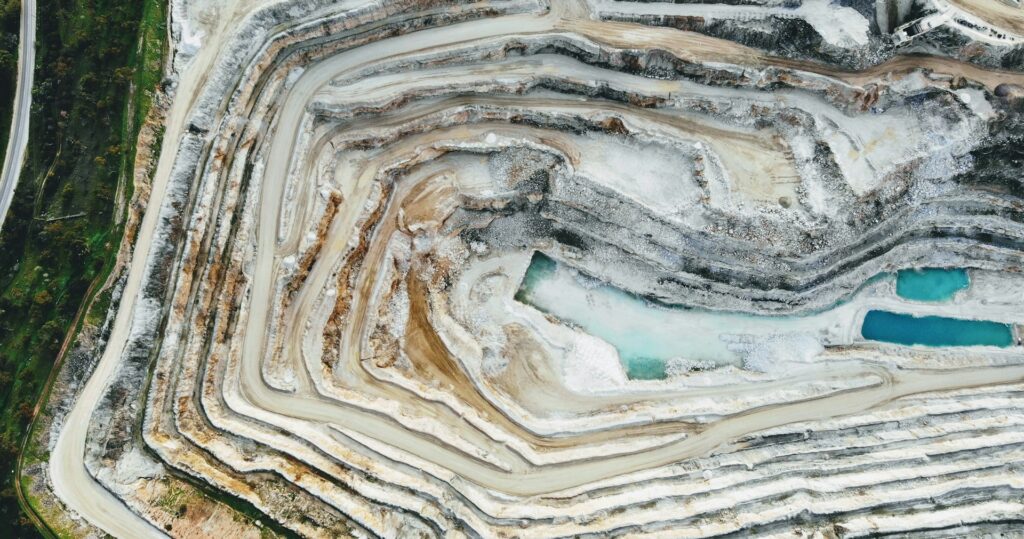
The newly established United States–Australia Framework for Securing Supply in the Mining and Processing of Critical Minerals and Rare Earths marks a pivotal shift for both nations, as well as for producers like Arafura Resources in Australia’s Northern Territory. This agreement, signed today by Prime Minister Anthony Albanese and US President Donald Trump in Washington, aims to transform strategic ambitions into tangible investments and robust supply-chain architecture. Its implications are significant for the Indo-Pacific region and the defense-industrial base of both countries.
The framework commits each nation to mobilizing at least $1 billion over the next six months to finance mining and processing projects, both domestically and within each other’s jurisdictions. This initiative is expected to unlock an $8.5 billion pipeline of projects, ranging from extraction to processing, and establish the necessary institutional settings to support downstream manufacturing. The agreement is not just about investment; it also creates the policy and pricing architecture needed to foster market confidence and protect allied supply chains from non-market interventions, particularly targeting China’s dominance in global rare earth processing.
Strategic Shift from Rhetoric to Execution
For Australia, this agreement represents a critical move from policy rhetoric to industrial execution. Prime Minister Albanese described the arrangement as a ‘pipeline ready to go’, underscoring the immediate impact on projects like Arafura Resources’ rare earths facility near Alice Springs. The framework supports processing as well as mining, recognizing that value is created in separation and refinement. This positions Australia as a trusted partner in a high-value allied industrial ecosystem, rather than merely a supplier of raw materials.
For the United States, the agreement signifies a strategic pivot from dependency on Chinese processing to a more reliable supply chain. The US Department of Defense has already indicated plans for direct investment in Australian rare earth projects to meet the needs of fighter jets and advanced weapons systems. The inclusion of operational and capital expenditure support through guarantees, equity, loans, offtake agreements, and insurance demonstrates a level of commitment that previous critical minerals announcements lacked.
Comprehensive Framework with Global Implications
The agreement also includes commitments to streamline permit issuance, develop fair pricing systems with price floors, and deter hostile foreign acquisitions. This comprehensive approach recognizes that without coordinated policy and capital, Western countries cannot compete against state-subsidized dominance. The strengths of this agreement are substantial, focusing on the entire value chain and mobilizing both private and public capital. It incorporates safeguards against unfair trade practices that have long distorted critical-minerals markets.
The framework also indicates coordination with partners such as the European Union, Japan, and South Korea to establish common pricing and trading standards. The inclusion of language around Australia’s Critical Minerals Strategic Reserve and the US’s stockpiling infrastructure underscores an alliance-led attempt to shape global markets rather than merely react to them.
Broader Economic Opportunities
Anchoring this initiative solely in defense supply chains risks limiting its economic potential. While rare earths and critical minerals are indispensable for fighter jets, missiles, and electronics, the broader opportunity lies in their applications for clean energy, advanced manufacturing, and communications technologies. Aligning defense demand with civilian industrial growth will create an ecosystem that supports both strategic security and national prosperity.
In previous commentary, concerns were raised about Australia’s critical minerals diplomacy becoming more performative than practical. However, the rapid negotiation of this framework, its emphasis on immediate financing, and its operational focus represent the decisive industrial action that resilience demands. The government has shifted from announcing strategies to activating them, impacting jobs, investment, and Australia’s standing in the global supply chain.
Next Steps and Multilateral Expansion
The next step for this framework is multilateralization. The agreement already hints at working with international partners on price mechanisms and market frameworks. ASPI’s 2026 Darwin Dialogue offers a platform for Australia and the US to expand this framework into a broader Indo-Pacific partnership, including Japan, South Korea, and India. Each of these nations brings unique capabilities, from Japan’s advanced processing and technology leadership to Korea’s industrial scale and India’s fast-growing demand and strategic alignment. Expanding this partnership would deepen resilience and extend its economic and geopolitical reach.
The US–Australia critical minerals framework is a bold and pragmatic step toward building resilience in an era of economic coercion and strategic competition. For Arafura and other projects in Northern Australia, it brings clarity, capital, and confidence. For Canberra and Washington, it marks the beginning of a new phase in allied industrial strategy. This agreement demonstrates that when strategic intent is matched with investment and policy coordination, results can quickly follow. This time, the government has got it right.







